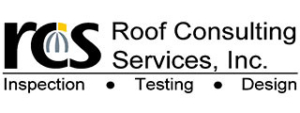What Property Managers Need to Know About Emergency Commercial Roof Repair
Knowing what to do for emergency commercial roof repairs can make all the difference. Get ready to learn the must-dos for handling a commercial roofing emergency effectively.
Knowing what to do for emergency commercial roof repairs can make all the difference. Get ready to learn the must-dos for handling a commercial roofing emergency effectively.
Not every roof issue qualifies as an emergency, but it’s crucial to recognize those that do. Typically, a “true” emergency involves a leak or structural damage that threatens safety, disrupts business operations, or risks damaging high-value assets. Picture water pouring into production equipment on a factory floor or heavy storms that have torn sections of roofing away. In cases like these, time is of the essence, and rapid action can drastically reduce the scope of damage.
If you notice water intrusion that goes beyond a minor drip, it’s wise to treat it as urgent. This includes situations where leaks are quickly spreading, pooling water, threatening electrical wiring, or structural elements are compromised. If your roof has suffered significant trauma (like wind damage or impact from debris), immediate repair is also often necessary to prevent further deterioration. Taking too long to respond can escalate minor leaks into full-blown disasters, raising repair costs and possibly putting lives at risk.
It’s one thing to see a couple of drops on the floor. It’s another to observe an active flow of water or a sagging ceiling tile that suggests something bigger is happening above. Look for signs like water stains rapidly expanding on interior walls, acoustical tiles swelling or crumbling, and puddles forming on the floor below roof access points. These clues typically signify more than a routine maintenance issue. If you see any sign that the leak is intensifying, or if it’s affecting infrastructure like electrical panels, you’re likely dealing with an emergency commercial roof repair.
Once you confirm or even suspect that your roof has a serious leak, the clock starts ticking. Water damage from roof leaks can spread faster than many realize, especially if it seeps into insulation or walls. Acting quickly protects your property and the people and operations within it.
The first line of defense is to minimize the amount of water entering the building’s interior. Move any furniture, electronic equipment, or sensitive inventory away from the leak’s path. Set up buckets or trash cans under active drips and lay down tarps or plastic sheeting to contain moisture. If the leak is severe, you might need to shut off electricity in the affected area to avoid potential electrical hazards. Quick, simple measures can buy you valuable time while you coordinate professional help.
Although it might feel like chaos, don’t forget to record what’s happening. Snap photos of the affected areas, noting the size of water patches on the ceiling or floor. This documentation isn’t just for insurance purposes—though that’s important—it also helps you clearly explain the situation to any contractors you call. Accurate records can speed up repair processes, prevent misunderstandings, and establish the baseline of what needs fixing. If you have a building management system or logbook, jot down the date, time, and scope of the leak.
If you rent your space or work for a management company, alert the building owner or other stakeholders right away. They might have protocols or emergency contractors already lined up. Also, be sure to contact your insurance provider to understand any immediate requirements, like calling in specific vendors or taking certain steps to mitigate damage. If you operate a facility with multiple departments, ensure each relevant manager knows what’s happening so they can adjust workflows, secure sensitive materials, or enact contingency plans.
Don’t let an unexpected roof leak derail your entire operation. Explore professional roof repair scope of work services that ensure quick, transparent solutions.
Even a small leak can disrupt business operations, but a large-scale intrusion can bring them to a standstill. The key to minimizing damage is swift containment and a focus on safety.
Commercial buildings often house expensive machinery, perishable goods, or essential documents. If possible, relocate valuable items away from the leak site. Cover machines or products with plastic sheeting to shield them from further moisture exposure. You’d be surprised how much difference a simple tarp or sheet can make. The goal is to reduce financial losses and save precious resources from water harm.
Standing water doesn’t just damage floors—it’s also a major safety hazard. Use warning signs or barrier tape to cordon off slippery sections, and add non-slip mats or towels to the ground where water might pool. Maintaining clear walkways prevents accidents and protects you from potential liability issues. Once you’ve contained the leak as best as you can, keep monitoring the area to ensure water isn’t spreading into new spots.
Damp conditions can lead to mold or mildew growth, turning a water event into a health and air-quality concern. If it’s safe to do so, improve airflow by running fans or opening windows (weather permitting) in the affected areas. Strong ventilation helps dry surfaces more quickly and limits moisture buildup that could compromise walls, carpets, or other materials. Just be cautious about electrical safety—avoid plugging fans into outlets in wet areas unless you’re certain it’s safe.
Some property managers try handling leaks themselves, but a true emergency often requires professional expertise. A dedicated roofing partner that offers 24/7 services or emergency call-outs can be a game-changer. By quickly dispatching experienced crews, you can limit structural damage and avoid a lengthy interruption to operations.
With emergency commercial roof repairs, every second counts. The quicker a professional team can arrive, the less time water has to penetrate insulation, damage electrical systems, or warp structural elements. Swift repairs also mean you can get back to normal operations faster, minimizing revenue losses and maintaining client trust. In many cases, a minor roof leak fix today can prevent extensive tear-outs and rebuilds later.
It’s wise to do some homework before disaster strikes. Look for a contractor with a solid track record, references from other commercial clients, and documented emergency-response capabilities. Clear communication is critical, too—if they can’t give you a realistic estimate of arrival times or walk you through what to expect, they may not be equipped for high-pressure situations. Building a relationship with a reputable roofing company ensures you’ll know exactly who to call the moment trouble arises.
An established partnership helps you streamline not only emergency repairs but also routine inspections and maintenance. When your contractor knows your building’s layout, history, and any prior roof issues, they can respond more effectively. Over time, this familiarity often translates into cost savings and better service. When you choose a roofing team you trust, you’re investing in a safer, more resilient future for your property.
Reach out today for expert guidance on emergency commercial roof repair and discover how a proactive plan can safeguard your property from costly downtime. Don’t let an after-hours water leak become a full-blown disaster—be ready, be informed, and keep your operations running smoothly with Roof Consulting Services.
 https://roofdesign.com/wp-content/uploads/2025/06/Workers-looking-at-construction-plans.jpg
1250
2000
Abstrakt Marketing
/wp-content/uploads/2023/09/Untitled-6-300x113.jpg
Abstrakt Marketing2025-06-23 10:32:572025-07-14 16:03:55Roof Redesigns: 5 Signs It’s Time to Get One
https://roofdesign.com/wp-content/uploads/2025/06/Workers-looking-at-construction-plans.jpg
1250
2000
Abstrakt Marketing
/wp-content/uploads/2023/09/Untitled-6-300x113.jpg
Abstrakt Marketing2025-06-23 10:32:572025-07-14 16:03:55Roof Redesigns: 5 Signs It’s Time to Get One https://roofdesign.com/wp-content/uploads/2025/05/Worker-using-infrared-camera-to-find-leaks-on-roof.jpg
1250
2000
Abstrakt Marketing
/wp-content/uploads/2023/09/Untitled-6-300x113.jpg
Abstrakt Marketing2025-05-30 14:25:472025-07-14 16:03:55The Best Leak Detection Technology for 2025
https://roofdesign.com/wp-content/uploads/2025/05/Worker-using-infrared-camera-to-find-leaks-on-roof.jpg
1250
2000
Abstrakt Marketing
/wp-content/uploads/2023/09/Untitled-6-300x113.jpg
Abstrakt Marketing2025-05-30 14:25:472025-07-14 16:03:55The Best Leak Detection Technology for 2025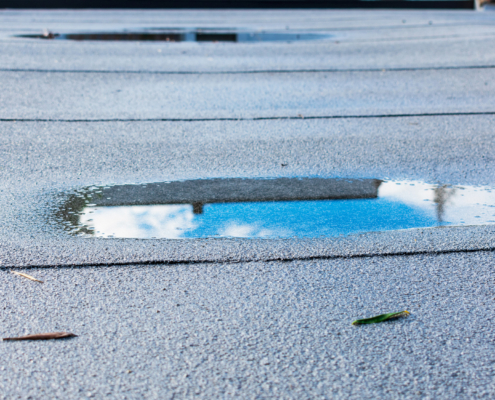 https://roofdesign.com/wp-content/uploads/2025/05/Commercial-Roof-Water-Intrusion-Causes-Risks-and-Solutions.jpg
1250
2000
Abstrakt Marketing
/wp-content/uploads/2023/09/Untitled-6-300x113.jpg
Abstrakt Marketing2025-05-08 15:05:412025-07-14 16:03:55Commercial Roof Water Intrusion: Causes, Risks, and Solutions
https://roofdesign.com/wp-content/uploads/2025/05/Commercial-Roof-Water-Intrusion-Causes-Risks-and-Solutions.jpg
1250
2000
Abstrakt Marketing
/wp-content/uploads/2023/09/Untitled-6-300x113.jpg
Abstrakt Marketing2025-05-08 15:05:412025-07-14 16:03:55Commercial Roof Water Intrusion: Causes, Risks, and Solutions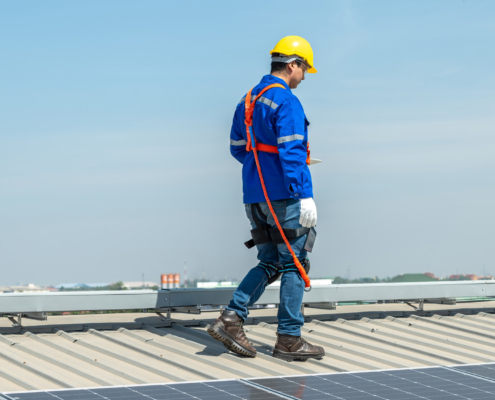 https://roofdesign.com/wp-content/uploads/2025/01/The-Ultimate-Guide-to-Winter-Proofing-Your-Roof.jpg
1250
2000
Abstrakt Marketing
/wp-content/uploads/2023/09/Untitled-6-300x113.jpg
Abstrakt Marketing2025-01-08 09:47:202025-07-14 16:03:57The Ultimate Guide to Winter-Proofing Your Roof
https://roofdesign.com/wp-content/uploads/2025/01/The-Ultimate-Guide-to-Winter-Proofing-Your-Roof.jpg
1250
2000
Abstrakt Marketing
/wp-content/uploads/2023/09/Untitled-6-300x113.jpg
Abstrakt Marketing2025-01-08 09:47:202025-07-14 16:03:57The Ultimate Guide to Winter-Proofing Your Roof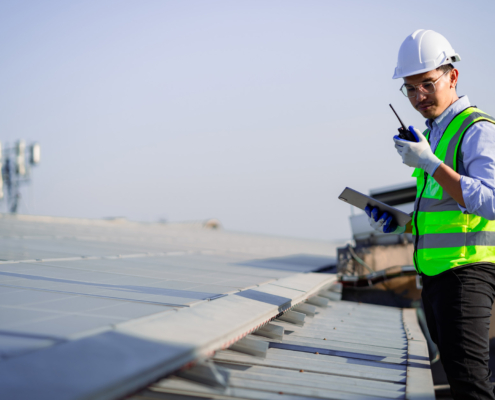 https://roofdesign.com/wp-content/uploads/2024/12/Why-Proactive-Commercial-Leak-Detections-Are-Crucial.jpg
1250
2000
Abstrakt Marketing
/wp-content/uploads/2023/09/Untitled-6-300x113.jpg
Abstrakt Marketing2024-12-19 15:52:542025-07-14 16:03:57Why Proactive Commercial Leak Detections Are Crucial
https://roofdesign.com/wp-content/uploads/2024/12/Why-Proactive-Commercial-Leak-Detections-Are-Crucial.jpg
1250
2000
Abstrakt Marketing
/wp-content/uploads/2023/09/Untitled-6-300x113.jpg
Abstrakt Marketing2024-12-19 15:52:542025-07-14 16:03:57Why Proactive Commercial Leak Detections Are Crucial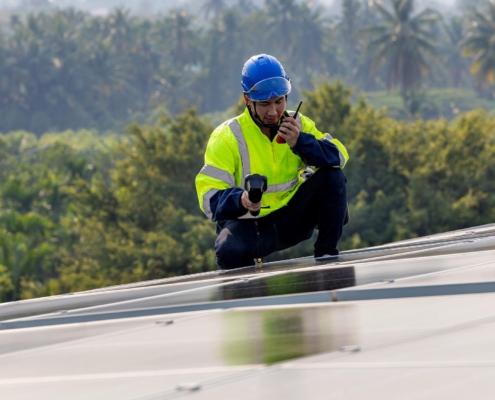 https://roofdesign.com/wp-content/uploads/2024/12/roofer-using-infrared-camera-to-find-leaks-on-roof-1.jpg
1250
2000
Abstrakt Marketing
/wp-content/uploads/2023/09/Untitled-6-300x113.jpg
Abstrakt Marketing2024-12-10 19:27:512025-07-14 16:03:57Examining the Science That Powers Roof Leak Detectors
https://roofdesign.com/wp-content/uploads/2024/12/roofer-using-infrared-camera-to-find-leaks-on-roof-1.jpg
1250
2000
Abstrakt Marketing
/wp-content/uploads/2023/09/Untitled-6-300x113.jpg
Abstrakt Marketing2024-12-10 19:27:512025-07-14 16:03:57Examining the Science That Powers Roof Leak Detectors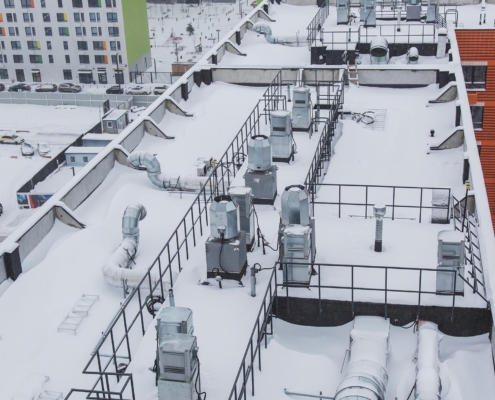 https://roofdesign.com/wp-content/uploads/2024/12/snow-covered-roof-with-ventilation-of-a-new-high-rise-apartment-building.jpg
1250
2000
Abstrakt Marketing
/wp-content/uploads/2023/09/Untitled-6-300x113.jpg
Abstrakt Marketing2024-12-10 19:17:522025-07-14 16:03:57How Weather Conditions Impact Roof Leaks and Detections
https://roofdesign.com/wp-content/uploads/2024/12/snow-covered-roof-with-ventilation-of-a-new-high-rise-apartment-building.jpg
1250
2000
Abstrakt Marketing
/wp-content/uploads/2023/09/Untitled-6-300x113.jpg
Abstrakt Marketing2024-12-10 19:17:522025-07-14 16:03:57How Weather Conditions Impact Roof Leaks and Detections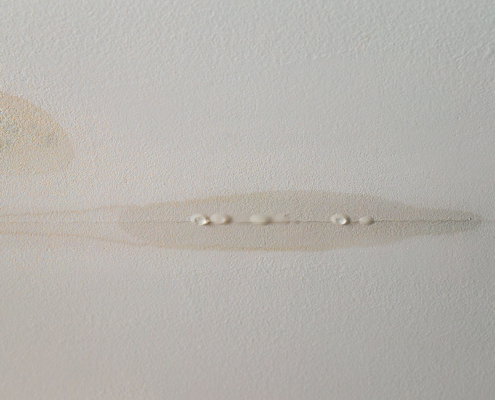 https://roofdesign.com/wp-content/uploads/2024/11/Small-roof-leak-dripping-water.jpg
1250
2000
Abstrakt Marketing
/wp-content/uploads/2023/09/Untitled-6-300x113.jpg
Abstrakt Marketing2024-11-18 11:10:582025-07-14 16:03:57Why You Can’t Afford to Ignore Small Leaks in Your Roof
https://roofdesign.com/wp-content/uploads/2024/11/Small-roof-leak-dripping-water.jpg
1250
2000
Abstrakt Marketing
/wp-content/uploads/2023/09/Untitled-6-300x113.jpg
Abstrakt Marketing2024-11-18 11:10:582025-07-14 16:03:57Why You Can’t Afford to Ignore Small Leaks in Your Roof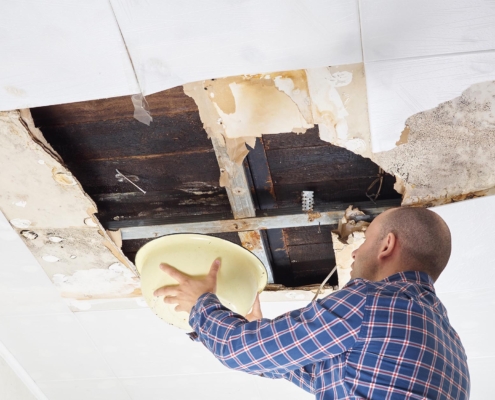

With over 800 years of combined experience, RCS is the ultimate international roof consulting solution.
This site uses cookies. By continuing to browse the site, you are agreeing to our use of cookies.
AcceptLearn moreWe may request cookies to be set on your device. We use cookies to let us know when you visit our websites, how you interact with us, to enrich your user experience, and to customize your relationship with our website.
Click on the different category headings to find out more. You can also change some of your preferences. Note that blocking some types of cookies may impact your experience on our websites and the services we are able to offer.
These cookies are strictly necessary to provide you with services available through our website and to use some of its features.
Because these cookies are strictly necessary to deliver the website, refusing them will have impact how our site functions. You always can block or delete cookies by changing your browser settings and force blocking all cookies on this website. But this will always prompt you to accept/refuse cookies when revisiting our site.
We fully respect if you want to refuse cookies but to avoid asking you again and again kindly allow us to store a cookie for that. You are free to opt out any time or opt in for other cookies to get a better experience. If you refuse cookies we will remove all set cookies in our domain.
We provide you with a list of stored cookies on your computer in our domain so you can check what we stored. Due to security reasons we are not able to show or modify cookies from other domains. You can check these in your browser security settings.
We also use different external services like Google Webfonts, Google Maps, and external Video providers. Since these providers may collect personal data like your IP address we allow you to block them here. Please be aware that this might heavily reduce the functionality and appearance of our site. Changes will take effect once you reload the page.
Google Webfont Settings:
Google Map Settings:
Google reCaptcha Settings:
Vimeo and Youtube video embeds:
